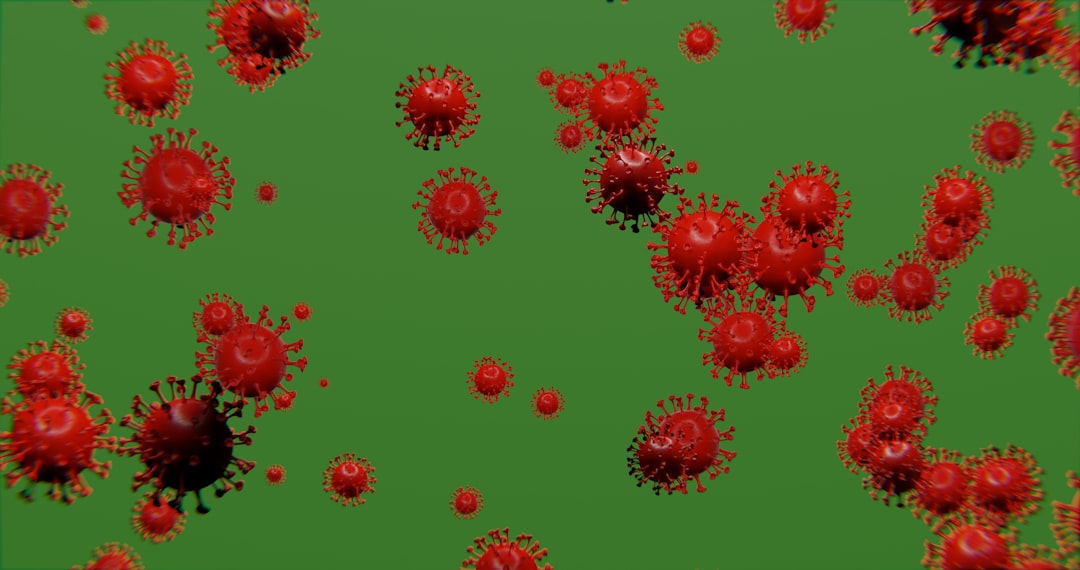What is it about?
Whilst simultaneous profiling of gene expression changes has been recently been used to study host-parasite interactions to better understand disease etiology in humans diseases such as malaria and tuberculosis, this is the first time such an approach has been applied to investigate molecular events occurring during infection of a coral host by its “normal” endosymbiotic alga. Gene expression is the process by which the genetic information is converted into instructions for making proteins. However, not all genes are expressed all the time. They can be turned on or off based on changes in their environment-in this case, the beginning of a mutualistic relationship.
Featured Image

Photo by Francesco Ungaro on Unsplash
Why is it important?
In the paper, we show that algal symbionts not only are capable of infecting coral larvae, but also they are able to establish a mutualistic relationship with their (larval) host that is normally associated with adult corals. Early infection of larvae by the symbiont may give the coral individual a “head start” in life after it settles, by already being at a nutritionally-useful density at a time when most settlers are undergoing initial symbiont infection. We provide further evidence that, upon entering its coral host, the symbiont subverts the normal cellular protection mechanisms of its host, in a manner that resembles the evasion of the human immune system by pathogens such as the tuberculosis bacterium. Our findings provide evidence for the involvement of a novel coral gene family called “SCRiPs” in establishing the symbiotic relationship from the host side of the interaction and identify candidate molecular markers for the “healthy” and “unhealthy” states of coral.
Perspectives
I hope this approach could be used widely to better understand marine symbioses in general and coral-algal symbioses in particular. Although this idea has not been rigorously verified, pre-infection of coral larvae with appropriate symbionts could improve survival rates post-settlement and thus be of benefit to coral reef conservation efforts. Having some key "molecular" indicators to predict the health status of corals would be crucial to design reef restoration programs.
Dr Amin Mohamed
CSIRO
Read the Original
This page is a summary of: Dual RNA‐seq analyses of a coral and its native symbiont during the establishment of symbiosis, Molecular Ecology, August 2020, Wiley,
DOI: 10.1111/mec.15612.
You can read the full text:
Contributors
The following have contributed to this page










